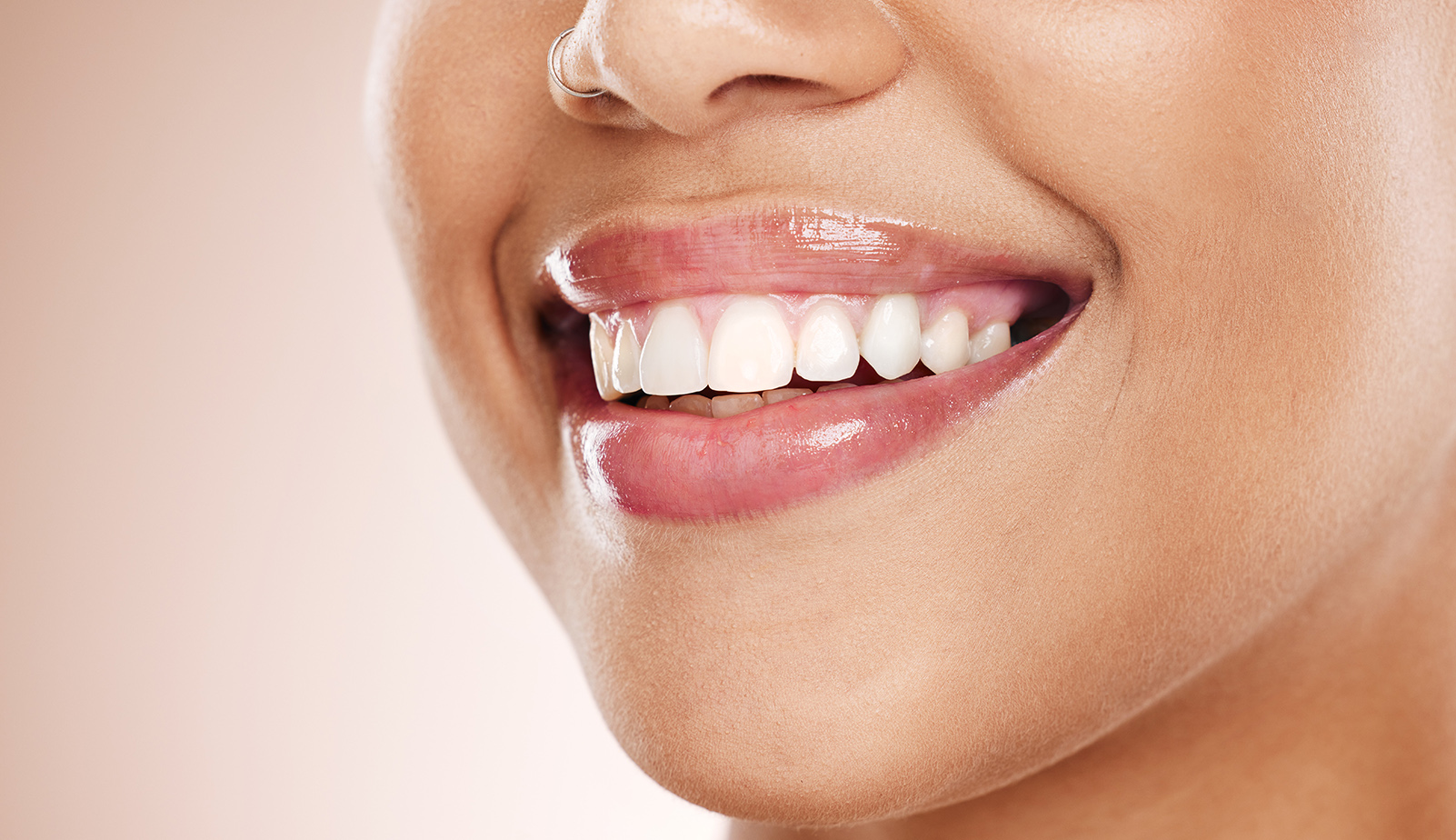Do you dream of a brighter smile but worry about the pain? You’re not alone. Research shows that one in eight adults have sensitive teeth.
Although tooth whitening is one of the most popular dental procedures, many people avoid it because they are worried about sensitivity or have had uncomfortable experiences in the past. The good news is that modern dental care has come a long way, and there are now gentle options for almost everyone.
Why Does Whitening Make Teeth Sensitive?
Here’s what’s actually happening when you feel that familiar zing during or after a whitening treatment. Whitening products use ingredients like hydrogen peroxide or carbamide peroxide to break down stains. Think of these as tiny cleaners that get deep into the tooth to tackle discoloration.
In the process, these ingredients temporarily open up microscopic pores in the tooth enamel. This exposes the inner layer called dentin, which has small tubes leading straight to the tooth’s nerve. When something hot, cold, or acidic hits these exposed tubes shortly after whitening treatment, patients may feel a sharp or uncomfortable sensation.
The good news? This sensitivity is usually temporary and fades within a few days after treatment. Some people just naturally have more sensitive teeth than others. Patients with thin enamel, worn teeth, or existing dental issues might feel more discomfort. But having sensitive teeth doesn’t mean giving up on a brighter smile.

Different Whitening Options for Sensitive Teeth
Patients with sensitive teeth have several whitening options to choose from, each with different benefits:
Professional, in-house whitening remains the most effective option for dramatic results. Modern techniques can lighten teeth by several shades in just one appointment. Dentists can apply desensitizing agents before, during, and after treatment to keep patients comfortable. They also use special lights or heat to activate the whitening gel more gently than older methods.
Custom take-home trays from the dentist offer a middle ground between professional treatment and over-the-counter products. These trays fit perfectly over the patient’s teeth and come with professional-grade whitening gel. Patients can control the timing and frequency of treatments, starting slowly to build up tolerance. The custom fit also prevents gel from touching the gums, which reduces irritation.
Over-the-counter whitening strips are the middle ground that many patients try first. They’re convenient and cheaper than professional treatments, but they can be tricky for sensitive teeth. The one-size-fits-all approach means the whitening gel might hit the gums or not distribute evenly, which can cause more sensitivity. If you want to try whitening strips, look for ones labeled “for sensitive teeth” and follow the directions exactly to reduce discomfort.
Whitening toothpaste and rinses provide the gentlest option for patients with very sensitive teeth. These products work more slowly than professional treatments, gradually removing some surface staining without causing a lot of sensitivity. Many contain desensitizing ingredients that actually help reduce tooth sensitivity over time.
Combination approaches work well for many patients. A dentist might start with a mild, in-office treatment, then provide custom trays for maintenance at home. This gives patients both immediate results and long-term whitening power while keeping sensitivity manageable.

Teeth Whitening by a Dentist Reduces Sensitivity
Teeth whitening at the dentist is still the fastest route to a brighter smile, and the dental world has gotten much better at making it comfortable for patients with sensitive teeth. Modern dentists have a whole toolkit of tricks to keep the pain away:
Starting with healthy teeth is important. When patients visit the dentist for whitening, the process typically begins with a thorough examination. The dentist checks for cavities, cracks, or worn fillings that might increase sensitivity. Any necessary dental work is completed before whitening begins.
Protecting the patient’s gums reduces sensitivity issues. Before applying whitening gel, the dentist brushes the patient’s gums with a special barrier. This prevents the whitening agent from touching sensitive gum tissue.
Desensitizing treatments are applied to the teeth before whitening begins. These special gels often contain potassium nitrate, which calms the nerve, or fluoride, which strengthens enamel, to help reduce sensitivity. Many dentists apply these treatments as a standard part of their whitening process.
Controlled concentration levels allow dentists to customize treatment strength. Rather than using the strongest whitening gel available, dental professionals can start with lower concentrations and gradually increase them as the patient’s comfort allows. This approach takes longer but causes much less sensitivity.
Shorter treatment sessions help minimize discomfort. Instead of one long appointment, some dentists break whitening into several shorter visits. This gives teeth time to recover between sessions and reduces the overall sensitivity patients experience.
Using modern whitening technology helps keep patients more comfortable. Today’s professional whitening systems use LED lights, laser technology, or gentle heat to activate the gel without causing additional sensitivity.
Unlike at-home treatments, in-office whitening allows the dentist to check on the patient regularly and adjust the treatment if they feel any discomfort.
Tips for Managing Tooth Sensitivity at Home
Patients can take several steps to reduce sensitivity both before and after whitening treatments:
Using a desensitizing toothpaste (look for “sensitive” on the label) for two weeks before whitening helps prepare teeth for treatment. These toothpastes contain ingredients that block pain signals and should be used twice daily.
Avoiding very hot or cold foods and drinks for a few days after whitening prevents triggering sensitive teeth. Room temperature or lukewarm items are best during the recovery period.
Taking over-the-counter pain relievers before treatment can help prevent discomfort. Many dentists recommend taking ibuprofen about an hour before the appointment.
Brushing regularly with a soft-bristled toothbrush helps keep teeth clean and bright while being gentle on sensitive teeth. Patients should avoid abrasive toothpastes that might worsen sensitivity.

Welcome to Whiter Teeth – with Less Sensitivity
Teeth whitening for patients with sensitive teeth is not only possible but has become much more comfortable thanks to modern dental techniques. Dentists can customize treatments to minimize discomfort while still achieving excellent results. The key is working with a dentist who understands sensitivity concerns and has experience treating patients with similar issues. They can recommend the best approach based on your specific needs and comfort level.
To get started on the road to a whiter smile, find a dentist near you today to discuss all your options.


